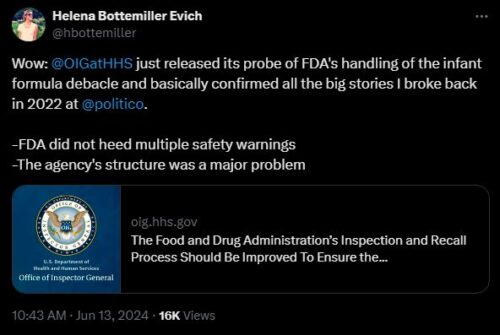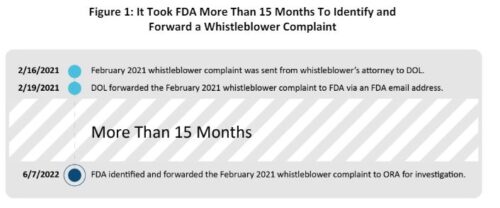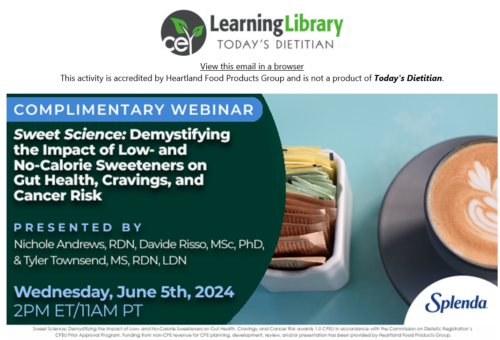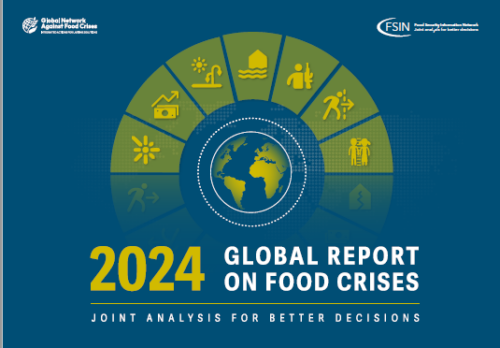Weekend reading: WHO on Commercial Determinants of NCDs
This is a report from the WHO Regional Office for Europe: Commercial determinants of noncommunicable diseases in the WHO European Region.
This report describes how i”7500 deaths per day in the Region are attributed to commercial determinants, such as tobacco, alcohol, processed food, fossil fuels and occupational practices. These commercial products and practices contribute to 25% of all deaths in the Region.
These industries, says WHO, “glamourize and normalize the use of harmful products, including harmful ones often targeting children and socioeconomically disadvantaged groups and others.”
Overall, it documents how these industries use their market power to:
- Maintain monopolistic positions, extend product lines into new sectors, and manipulate pricing
- Engage in political practices to prevent, weaken, and delay public health regulations
- Influence scientific research and public understanding of health issues to favour their commercial interests
- Use CSR [corporate social responsibility] initiatives to improve their public image and gain influence
- Avoid taxes, shift profits to tax havens
- Use financial strategies to deprive governments of revenues needed to fund public health.
- Use laws to oppose policies aimed at addressing the NCD burden
- exploit crises and emergencies to advance their commercial interests
In other words, this report describes how industries use the “playbook” to advance their interests.
While specific to Europe, its findings and recommendations are widely generalizable.
And the report gives plenty of references for everything it reports and recommends.





 Comment
Comment


